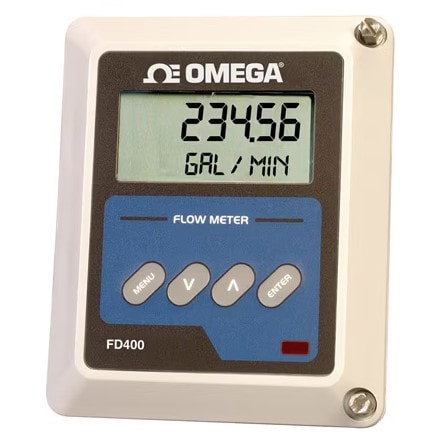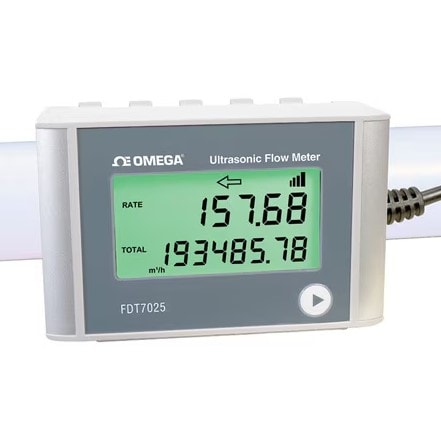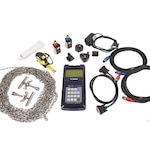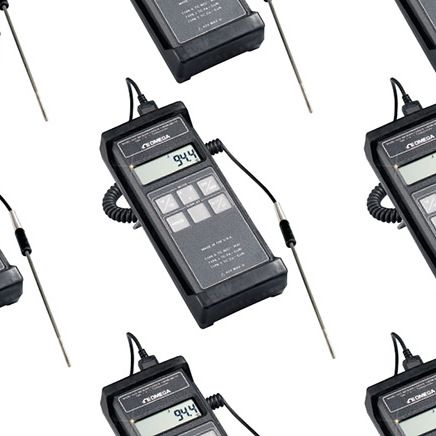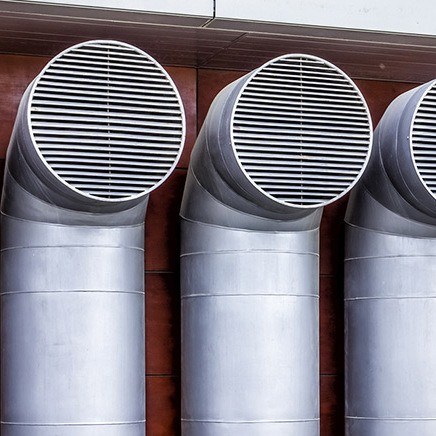Ultrasonic Flow Meters offer a non-invasive, clamp-on solution for measuring fluid flow without interrupting the process. Among these, two types are most common: Doppler and Transit Time.
While both use high-frequency sound waves to determine flow rate, they rely on different physical principles and are suited to different types of fluids.
Choosing the right technology depends on the characteristics of the application, particularly its clarity and the presence of particulates or bubbles.
What Is a Doppler Ultrasonic Flow Meter?
- Minimum particulates: 80–100 mg/L solids (+75 µm) or 100–200 mg/L bubbles (75–150 µm)
- Ideal for: slurries, wastewater, activated sludge, mining flows
- Not recommended for: clean or bubble-free fluids
Doppler ultrasonic flow meters works based on the Doppler Effect, first described in 1842 by Austrian physicist Christian Doppler. The Doppler Effect states that the frequency of a sound wave changes depending on the relative motion between the source and the observer. A familiar example is how a car horn changes pitch as it speeds past.
In a Doppler Flow Meter
- A transducer emits an ultrasonic signal into the flow stream
- If the liquid contains suspended particles or air bubbles, these discontinuities reflect the signal
- A second transducer detects the frequency shift caused by the motion of the particles
- The shift is directly proportional to the fluid’s velocity
Flow Velocity Equation
- f0 = transmitted frequency
- f1 = reflected frequency
- K = constant (based on geometry and sound speed)
What Is a Transit Time Ultrasonic Flow Meter?
- Best for: clean, homogenous liquids with no solid/gas contaminants
- Used in: crude oil, viscous fluids, and cryogenics (e.g., LN₂, argon, helium)
- Challenges: may underperform with excessive air bubbles or solids.
- Accuracy: up to ±0.1% if temperature and density are stable
Transit time ultrasonic flow meters operate differently than Doppler ultrasonic flow meters. Rather than relying on sound, they measure how long it takes for an ultrasonic pulse to travel across a pipe—both upstream and downstream.
When flow is present:
- The signal moving with the flow travels faster
- The signal moving against the flow travels slower
- The difference in transit time correlates to flow velocity
Transit Time Velocity Equation
- Vf = fluid velocity
- K = calibration factor for volume and time units
- dt = time differential between upstream and downstream signals
- TL = transit time at zero flow
